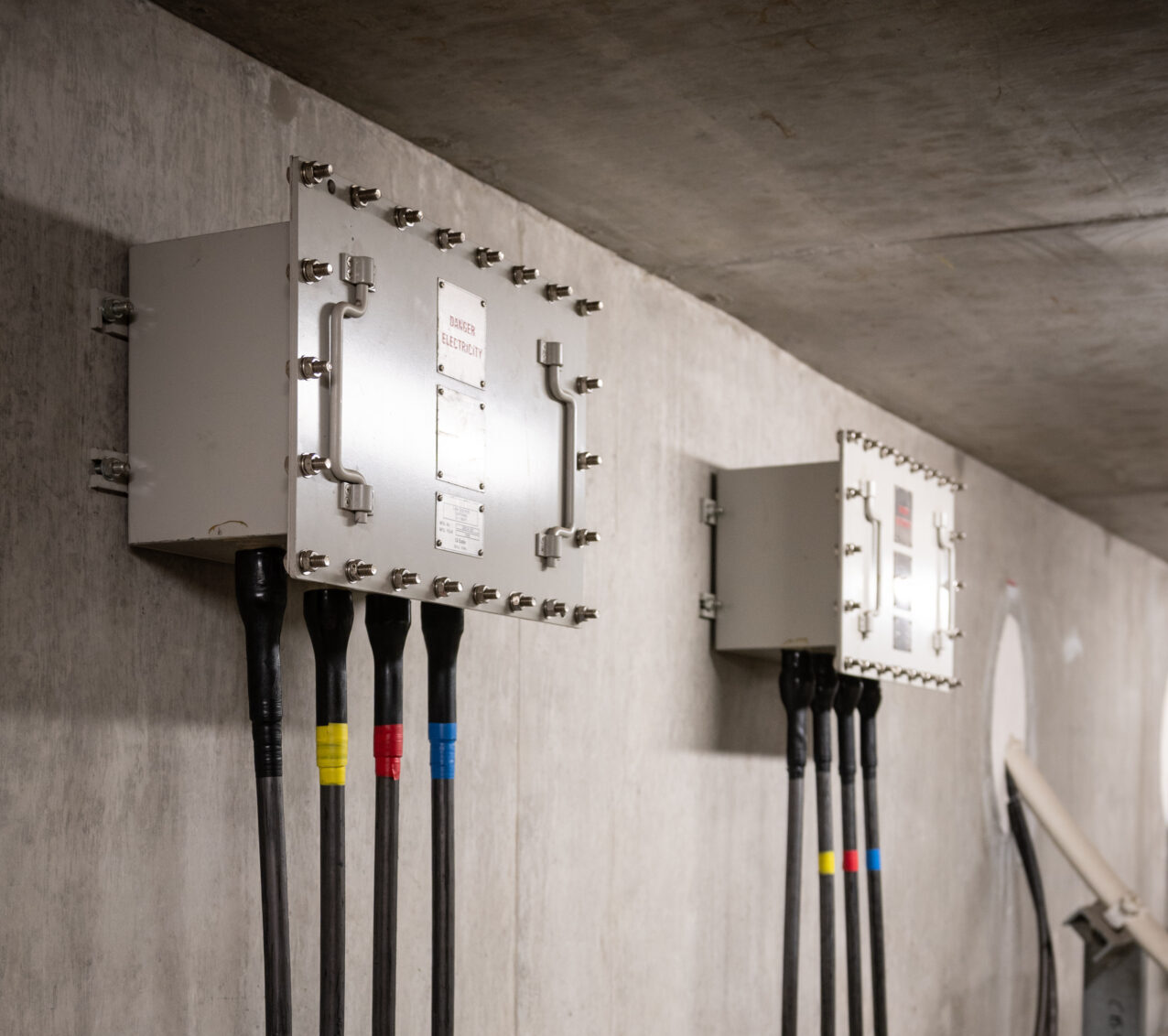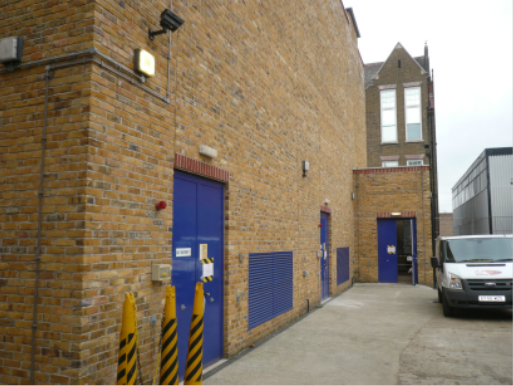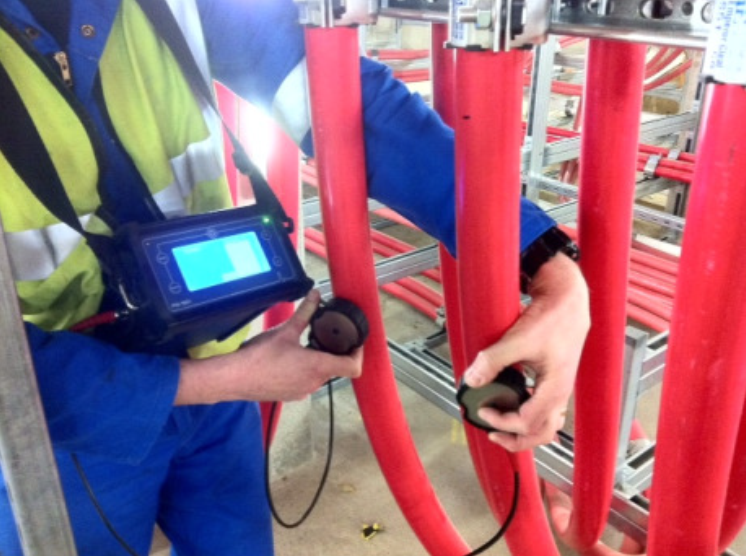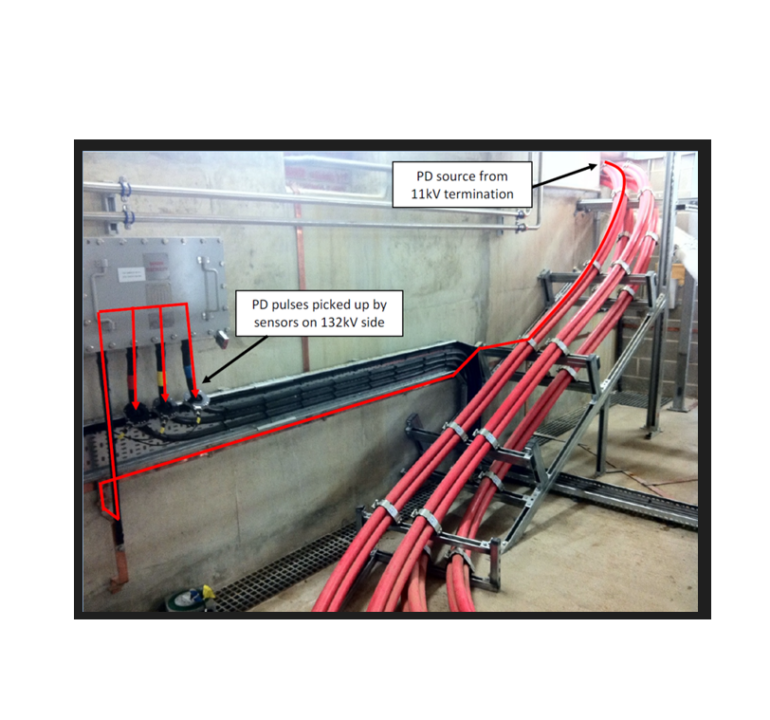
Utility, London – 132kV Cable Termination Fault Prevented
07 / 07 / 13

A 132kV cable termination into a 132/11kV transformer at a large central London substation failed in Nov 2011, causing extensive damage.

07 / 07 / 13
The failure of a 132kV cable termination at a large London substation in November 2011 led to the installation of an IPEC ASM permanent PD monitor on the 132kV cable earths in January 2012, prior to re-energisation.
Around 3 weeks after the circuit was energised, PD activity was detected by the monitor. An on-site investigation was carried out and it was found that the source of activity was on the 11kV terminations; PD pulses were coupling to the 132kV side (where the PD sensors were installed) via the substation earthing network. An investigation into the 11kV terminations found a defective and discharging Euromould Plug. This has been cleaned up and the system re-energised. As a result, the PD activity stopped.
The reliability of the central London substation is crucial, due to its key strategic position in the distribution network.
The monitor was installed after a failure of a 132kV termination. The HFCT PD sensors were located on the HV cable earths at the link box.
A 132kV cable termination into a 132/11kV transformer at a large central London substation failed in Nov 2011, causing extensive damage. In the downtime, as repairs were carried out, an ASM monitor was installed to permanently monitor the two 132kV circuits for PD. The monitoring system was commissioned on 26th Jan 2012, and the circuit was re-energised the following day.
Approximately three weeks after the circuit was re-energised, the monitor detected the onset of high levels of PD. The signal level was consistently around 35dBmV, while the Count was also consistent- at an average of around 2 PD pulses per power cycle.
After the PD activity initiated, the level remained fairly consistent.
As a result of the PD activity, tests were carried in the substation to locate the source of the activity.

A PD-SG1 PD locator was used in precedence mode to trace the path of the PD signals being picked up at the link boxes. With two sensors attached, the system indicates which sensor is nearer the PD source. The tests were carried out along the substation earth bars and between cables. It was found that the source was on the sheaths of the 11 kV cables and the signals were clearly precedent on one particular phase of one of the four trefoils.

The PD source was identified as being on the red phase of the T1 B trefoil that goes to the front of the cable box (at the switch room end). As the pulses were clearly precedent on only one of the phases, it was concluded that the source was likely to be in the termination. An access restriction on the transformer bay meant that all tests had to be conducted from the cable basement (approximately 10m from the transformer terminations).
The PD-SG1 precedence tests clearly showed the route by which the PD pulses were coupling from the 11kV termination to the 132kV cable earths (where the activity was picked up by the monitor). This is shown in the diagram below.

Following the on-site PD tests, an investigation was carried out by the substation engineers looking at the 11kV terminations. On the cable identified as the PD source, the Euromold plug, was found to have evidence of Partial Discharge and carbon deposits. The defect area was cleaned up and re-connected. Local tests then showed that the PD had stopped: this was verified by the ASM monitor.

It was clear from the results of the follow-up maintenance work that the PD source detected by the ASM was originating on the 11kV side of the transformer, as shown by the on-site PD tests. The monitor showed that the source of activity remained quiet after the maintenance work was conducted.